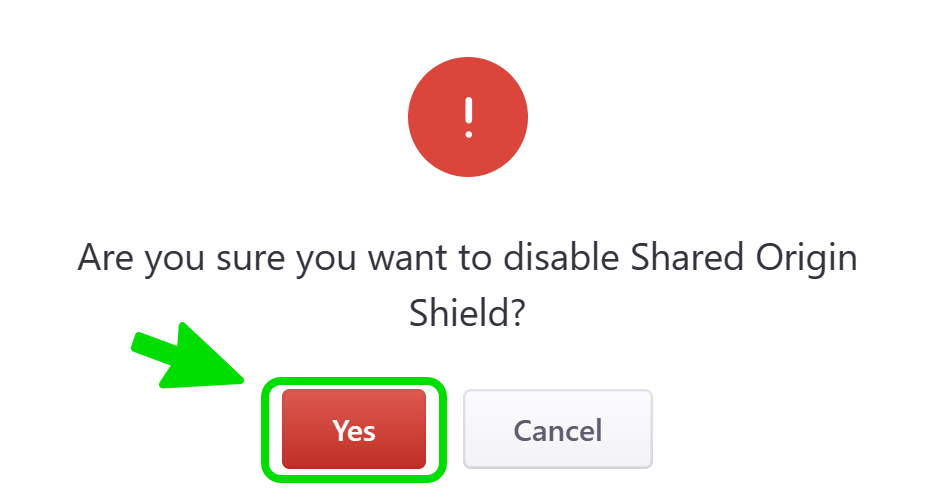



Shared Origin Shield
A CacheFly Shared Origin Shield is an additional layer in the CacheFly caching infrastructure that can help:
Reduce load on your origin
Improve the availability of your content
Reduce your operating costs.
By setting the Shared Origin Shield option, you ensure that all user requests for your origin are directed to the Shared Origin Shield of your choice. The Shared Origin Shield serves the CacheFly network and thus your users with your content. Retrieval of objects from your origin only happens when necessary.
You can set the Shared Origin Shield option for individual CacheFly services. See more on creating and managing a service.

Setting Shared Origin Shield
To set Shared Origin Shield for a specific service, first navigate to the OPTIONS for that service (Configuration > Services > [SERVICE NAME] > OPTIONS in the left-hand menu).
Click on OPTIONS to expand the menu. Then click on ORIGIN to expand all of the features for CDN origins. Click on Shared Origin Shield, or scroll down until you reach the Shared Origin Shield section.
If the button/toggle to the right of the mention Shared Origin Shield displays Disabled, then you can enable it as follows:
Click on the button/toggle labeled Disabled
A popup window is displayed asking you to confirm your choice
When you click on the red button Yes, the button/toggle will display Enabled and will also turn from gray to blue.
To select the Shared Origin Shield of your choice:
Click on the Shared Origin Shield field with the double up-down arrow ⬍ to display a list of available Shared Origin Shields.
Click the Shared Origin Shield of your choice in the list.
Click on the blue button Apply Changes.
A message is displayed briefly at the top right of the screen to confirm Service options updated with success.
Scroll the graphics in this step horizontally to see all the screens.

Disabling Shared Origin Shield
To disable Shared Origin Shield, click on the button/toggle displayed as Enabled, then click on the red button Yes in the popup window that asks you to confirm your choice. The button/toggle then turns from blue to gray and shows Disabled. A confirmatory message is also displayed briefly.
Scroll the graphics in this step horizontally to see all the screens.




